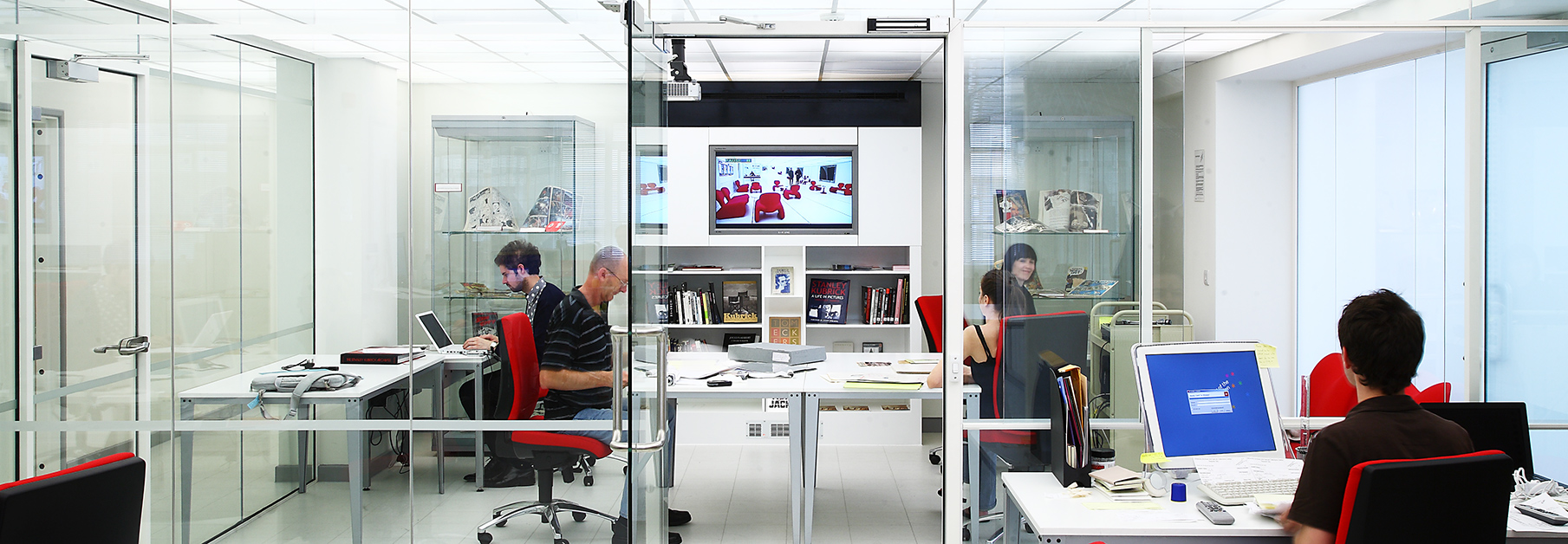
A selection of materials from the Lindsay Cooper archive (c) Robin Sampson
I was first introduced to the Archives and Special Collections Centre in 2014 as part of my studies at Central Saint Martins. This was probably the first time I’d ever experienced a living and breathing archive. Both the exciting collection and the busy office environment left me intrigued in the field. It wasn’t until a few years later that I decidedly began to pursue a career in archives, so when the opportunity arose to go on a placement, as part of my MSc Information Management and Preservation at the University of Glasgow, I requested and was accepted by the ASCC.
My task was to catalogue a collection following both institutional guidelines alongside universal archive standards. Cataloging is a process in which you take a collection and make a systematic list of the items within this collection, often categorising these items thematically or even trying to preserve the original order. The objective is to make the archive easy to search and use for researchers to the university’s ASCC.
For my two week placement I was given the Lindsay Cooper archive. Lindsay Cooper was a renowned avant-garde jazz and progressive rock musician who earn notoriety not only as a composers but also as a skilled improvisational bassoon and oboe player. She played in the bands Comus and Henry Cow and co-founded the Feminist Improvising Group (FIG). The archive contains her personal papers, including diaries and writing alongside various audio visual material including cassette tapes and audio tape reels (the latter I had never seen before!).
The collection currently exists in 9 large banker’s boxes, and it was agreed that two weeks was too short a time to physically arrange and rebox the archive. So I was tasked with the objective of creating a hierarchical structure for the collection. This entailed my categorising Cooper’s collection into ‘Personal Papers’, ‘Works’, ‘Press’, ‘Photographs’ and ‘Notes and Research’. Working from several box-lists I composed a structure that I hope will go on to be used, initially by volunteers who will go on to catalogue the archive in more depth and then by researchers, who will be able to get an idea of what the collection holds through the online catalogue.
Overall my experience was greatly positive, I was made to feel very welcome by everybody at the ASCC. It has also been extremely useful in terms of witnessing a lively and active office dynamic where on any given day there are walk in enquiries, researchers viewing items in the collections, volunteers working, and tours being given. Thanks to the ASCC for exceeding my expectation of what working in archives can be!
Mae Moss

